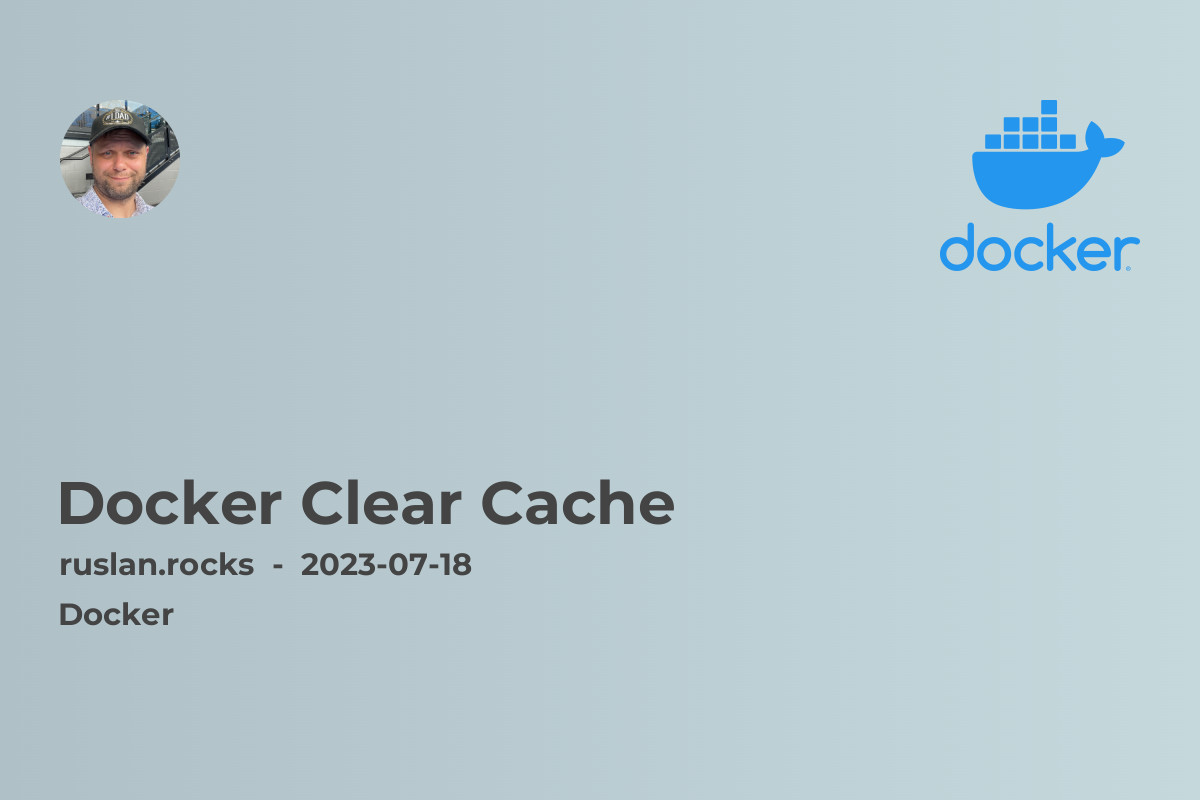- What is Docker Clear Cache?
- Why Clear Your Docker Cache?
- How to Clear Docker Cache
- Best Practices for Clearing Docker Cache
- Conclusion
- Related Topics

When working with Docker as your containerization platform, you may encounter performance issues due to a buildup of cached data. This article will guide you through the process of clearing the Docker cache, helping you optimize your development workflow.
What is Docker Clear Cache?
Docker Clear Cache refers to the process of removing cached data from your Docker system. Docker caches images and layers to improve build times and container initialization. However, over time, these cached files can take up significant storage and impact performance.
Why Clear Your Docker Cache?
Clearing your Docker cache offers several benefits. Firstly, it frees up valuable disk space, especially when working with large Docker images and containers. Secondly, it improves build times by forcing Docker to retrieve the latest dependencies and rebuild the necessary layers. Lastly, clearing the Docker cache ensures that you are working with the most up-to-date versions of your Docker images.
How to Clear Docker Cache
To clear the Docker cache, follow these steps:
- Open your command-line interface.
- Stop running Docker containers using the
docker stopcommand. - Remove all Docker images and containers using the
docker rmianddocker rmcommands, respectively. - Delete any unused Docker volumes using the
docker volume rmcommand. - Remove dangling Docker images using the
docker image prunecommand. - Restart Docker and verify that the cache has been cleared.
Best Practices for Clearing Docker Cache
Here are some best practices to consider when clearing the Docker cache:
- Regularly clear the Docker cache to prevent a buildup of unnecessary data.
- Schedule cache clearing during maintenance windows to minimize disruption.
- Automate cache clearing using tools like Jenkins or cron jobs.
- Store essential Docker images in a private Docker registry for faster future downloads.
- Consider using Docker layer caching techniques such as multi-stage builds or cache mounting.
By following these best practices, you can maintain an optimized Docker environment and maximize your development productivity.
Conclusion
Clearing the Docker cache is a crucial step in maintaining a healthy and efficient development environment. Removing unnecessary cached data not only frees up storage space but also improves build times and ensures that you are working with the latest versions of your Docker images. By following the guidelines outlined in this article, you can speed up your development process and enhance the overall performance of your Docker environment.
